The Landscapes of Serengeti: Exploring Africa’s Wild Tapestry
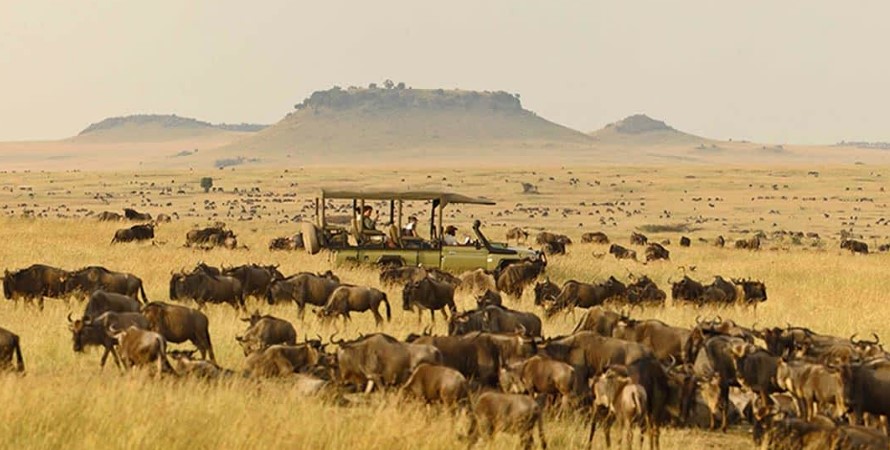
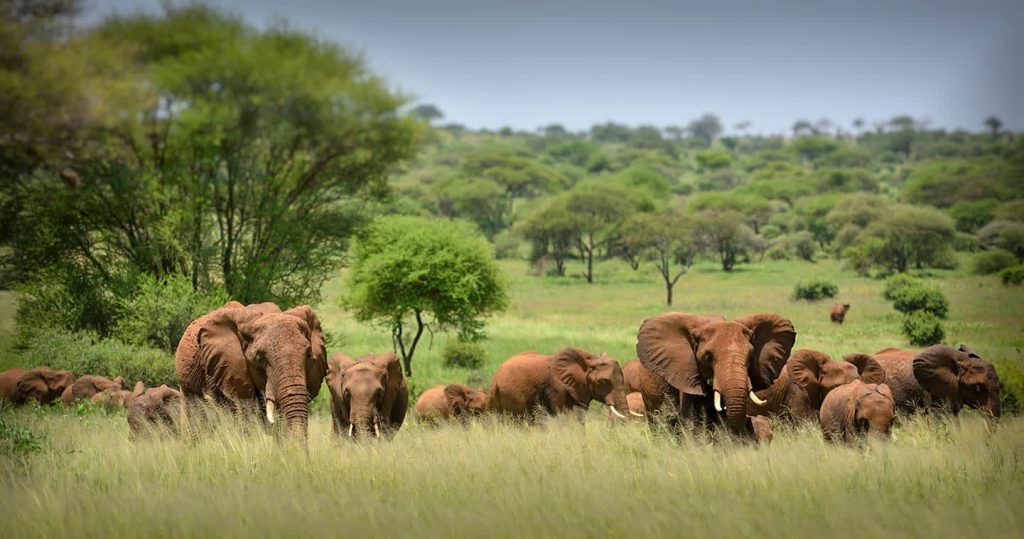
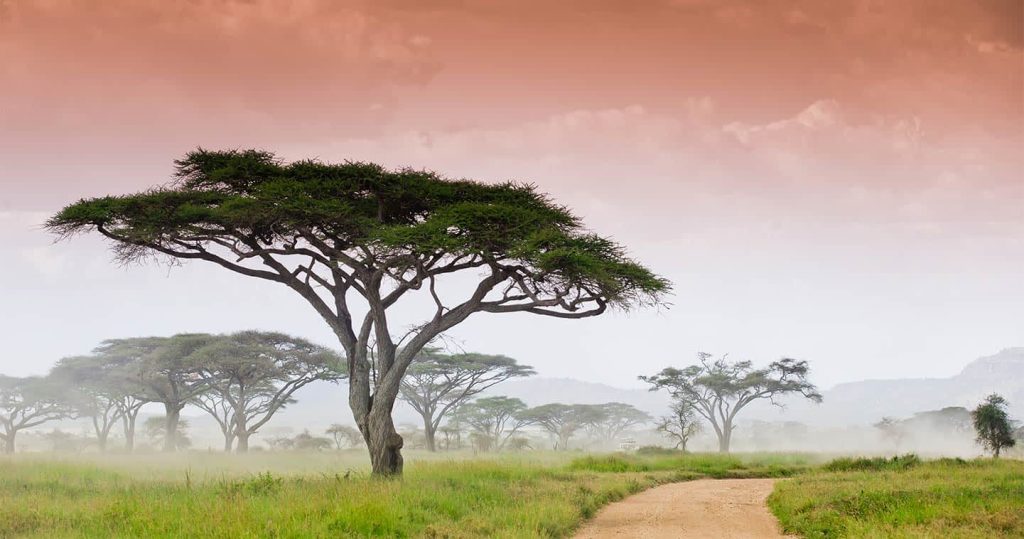
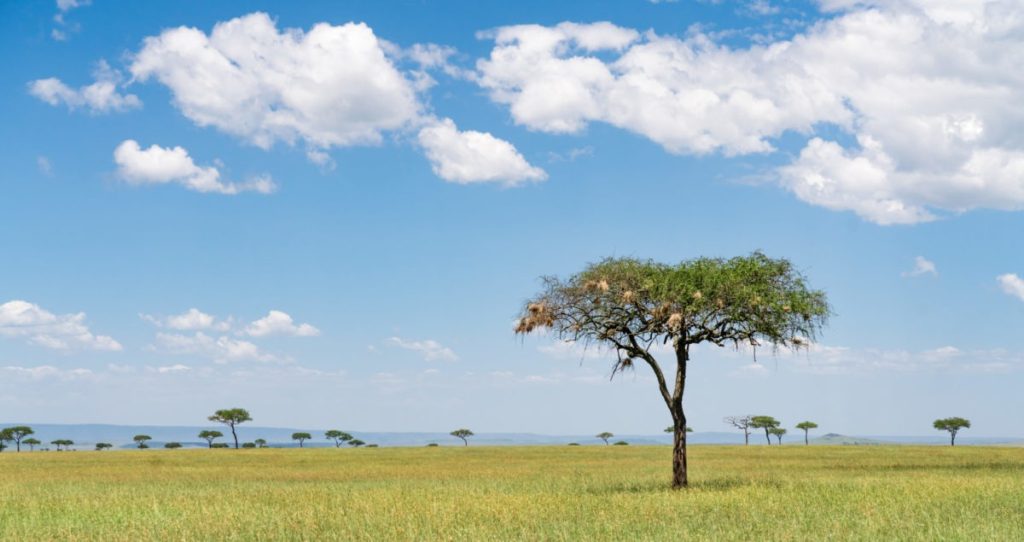
The Serengeti is more than a safari destination; it’s a vast and diverse natural wonder that showcases the very essence of Africa’s beauty. The Serengeti landscape is an extraordinary mosaic of ecosystems, from sweeping grasslands and rocky kopjes to lush riverine forests and expansive woodlands. This diversity is what makes the Serengeti a must-visit destination for anyone seeking to experience the raw beauty of Africa.
1. Overview of the Serengeti Landscape
The Serengeti covers over 30,000 square kilometers (12,000 square miles), extending across northern Tanzania and into Kenya. Its vast and varied terrain supports one of the planet’s most remarkable concentrations of wildlife, making it one of Africa’s most iconic safari destinations.
The Serengeti landscape is divided into distinct regions, each with its unique features, ecosystems, and wildlife attractions:
- Endless Plains
- Rocky Kopjes
- Riverine Forests
- Woodlands
- Swamps and Marshlands
2. The Endless Plains: Serengeti’s Iconic Heart
- Description: The central Serengeti, characterized by flat, treeless grasslands, is the region most often associated with the park’s name. These plains stretch as far as the eye can see, creating a sense of vastness and freedom.
- Wildlife: Home to the annual Great Migration, the plains teem with millions of wildebeests, zebras, and gazelles. Predators like lions, cheetahs, and hyenas thrive here due to the abundance of prey.
- Unique Features:
- Golden grasses during the dry season.
- Lush greenery in the wet season.
- Spectacular sunrises and sunsets that paint the sky in fiery hues.
3. Rocky Kopjes: The Serengeti’s Islands of Stone
- Description: Scattered across the plains, rocky outcrops known as kopjes rise dramatically from the flat terrain. These granite formations provide a stark contrast to the surrounding grasslands.
- Wildlife:
- Lions often use kopjes as vantage points to scout for prey or as a shady resting place.
- Smaller creatures like rock hyraxes and snakes inhabit the crevices of these rocks.
- Birds such as eagles and vultures often nest on the cliffs.
- Famous Kopjes:
- Simba Kopjes: Renowned for lion sightings.
- Moru Kopjes: Rich in ancient Maasai rock paintings and wildlife activity.
4. Riverine Forests: Lush Green Oases
- Description: Along the Serengeti’s rivers, patches of dense vegetation provide a stark contrast to the open plains. These areas are vital for animals seeking water and shade.
- Wildlife:
- Elephants and giraffes frequently graze in these areas.
- Hippos wallow in the rivers, while crocodiles lurk beneath the water’s surface.
- Birdlife is abundant, with kingfishers, herons, and egrets commonly spotted.
- Major Rivers:
- Grumeti River: Famous for its crocodiles and dramatic wildebeest crossings during the migration.
- Mara River: A critical crossing point for the Great Migration in the northern Serengeti.
5. Woodlands: Diverse Habitats
- Description: The western and northern parts of the Serengeti feature patches of acacia woodlands, providing varied terrain for different species.
- Wildlife:
- Leopards often thrive in these areas, using the trees for camouflage and hunting.
- Antelope species like impalas and dik-diks are common.
- Large herds of elephants are often seen in the wooded regions.
6. Swamps and Marshlands: Life-Sustaining Wetlands
- Description: Found primarily in low-lying areas, these wetlands play a crucial role during the dry season, providing water and food for wildlife.
- Wildlife:
- A haven for waterbirds such as flamingos, storks, and pelicans.
- Buffalos and warthogs are frequently spotted grazing in these areas.
- Predators like lions and leopards often hunt near the swamps.
7. Seasonal Changes in the Serengeti Landscape
The Serengeti landscape transforms dramatically throughout the year:
- Wet Season (November–May):
- Vibrant greenery blankets the plains, and wildflowers bloom across the landscape.
- Migratory birds arrive, enhancing the park’s biodiversity.
- Rivers swell, and wildlife disperses across the park.
- Dry Season (June–October):
- Golden hues dominate the grasslands, and vegetation becomes sparse.
- Wildlife congregates near water sources, making it easier to spot large herds.
- The dramatic river crossings of the Great Migration take center stage.
8. Cultural Significance of the Serengeti Landscape
The Serengeti’s landscapes are not only important for wildlife but also deeply rooted in the traditions and history of the Maasai people.
- Maasai Rock Art: Found in areas like Moru Kopjes, these ancient drawings provide insights into the region’s cultural heritage.
- Maasai Livelihoods: The landscapes have supported traditional grazing practices for centuries, reflecting a harmonious coexistence between humans and nature.
9. Photography in the Serengeti Landscape
The Serengeti is a paradise for photographers, offering unparalleled opportunities to capture:
- Dramatic wildlife moments set against the backdrop of endless plains or towering kopjes.
- The interplay of light and shadow during sunrise and sunset.
- The diversity of habitats, from lush riverine areas to golden savannahs.
10. Exploring the Serengeti Landscape
Visitors can explore the Serengeti’s landscapes in a variety of ways:
- Game Drives: The most common way to experience the Serengeti’s vastness and diversity.
- Hot Air Balloon Safaris: A bird’s-eye view of the plains offers a new perspective on the park’s beauty.
- Walking Safaris: Guided treks through certain areas allow for a more intimate connection with the landscape.
11. Why the Serengeti Landscape Stands Out
The Serengeti’s unique combination of vast open spaces, dramatic geological features, and diverse ecosystems sets it apart from any other park in Africa. The landscape serves as the stage for nature’s greatest drama: the interplay of predator and prey, survival and beauty, and the timeless rhythms of the wild.
Conclusion
The Serengeti landscape is a living tapestry of Africa’s wild beauty, offering visitors a chance to connect with nature in its purest form. From the endless plains to the rocky kopjes and lush riverine forests, the Serengeti’s diverse terrains ensure that every moment spent here is unforgettable.
Plan your journey and immerse yourself in the Serengeti’s breathtaking landscapes, where adventure, tranquility, and wonder await.

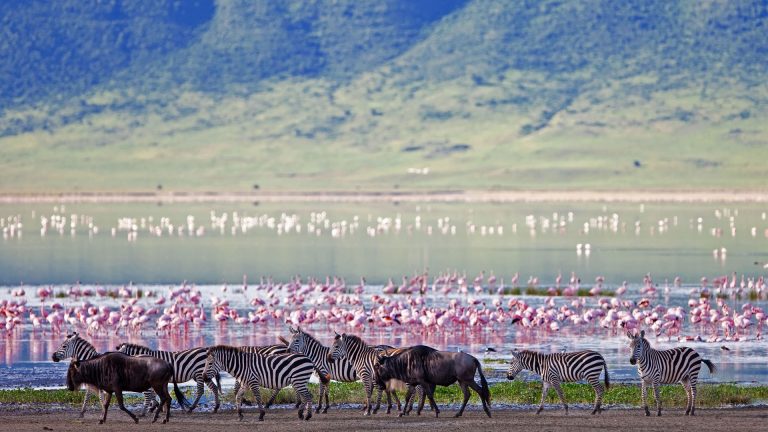
One Comment